Sony RW0100 WLan Dongle RW-0100 User Manual Sony Ericsson Mobile Communications AB
Sony Mobile Communications Inc WLan Dongle RW-0100 Sony Ericsson Mobile Communications AB
Sony >
Contents
- 1. User Manual _1
- 2. User Manual _2
- 3. User Manual _3
User Manual _3

User guide
Miracast™ Wireless Display
IM10
Contents
Miracast™ Wireless Display User guide........................................3
Setting up the Miracast™ Wireless Display...................................4
Hardware overview............................................................................4
Turning on and connecting the Miracast™ Wireless Display to a
HDTV..................................................................................................4
Sharing your content using screen mirroring.....................................5
Connecting when the dongle is placed out of reach.....................7
Starting screen mirroring when the dongle is out of reach................7
Resetting the Miracast™ Wireless Display....................................8
Legal information ...........................................................................9
Declaration of Conformity for IM10 ...................................................9
2
This is an Internet version of this publication. © Print only for private use.
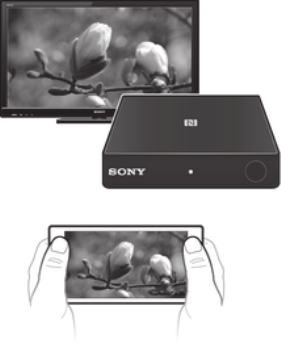
Miracast™ Wireless Display User guide
3
This is an Internet version of this publication. © Print only for private use.
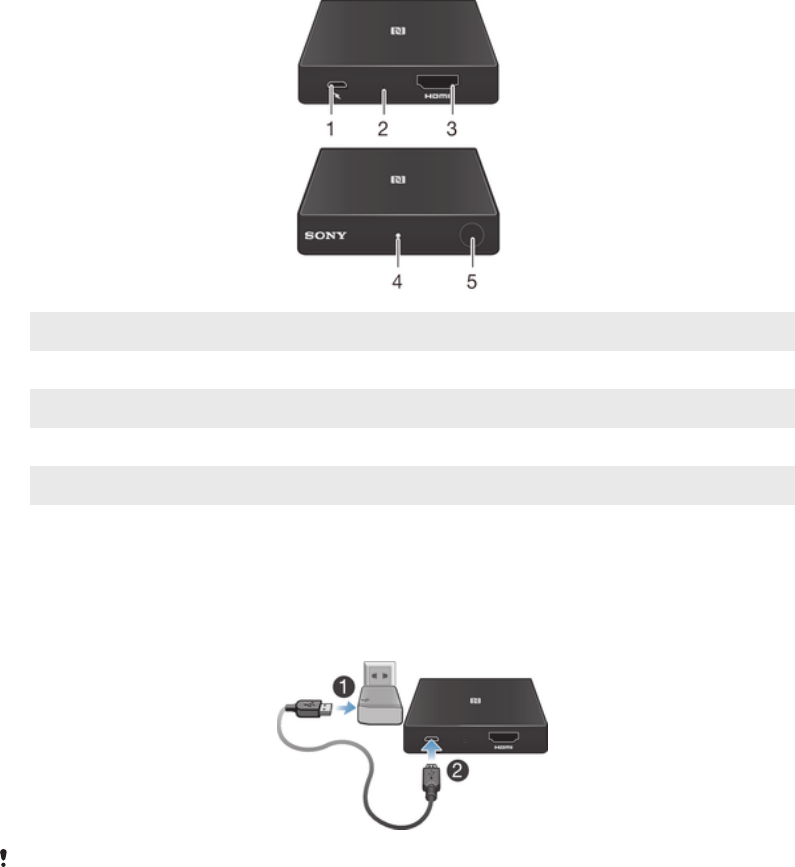
Setting up the Miracast™ Wireless
Display
Hardware overview
1Micro USB port
2Reset button
3HDMI port
4Notification light
5Connect button
Turning on and connecting the Miracast™ Wireless Display to a
HDTV
To turn on the Miracast™ Wireless Display
Make sure to use the charger that comes with the dongle.
1Plug one end of the charger cable into the charger.
2Plug the other end of the charger cable into the Micro USB port of the dongle.
Once the dongle is turned on, a white notification light starts flashing.
4
This is an Internet version of this publication. © Print only for private use.
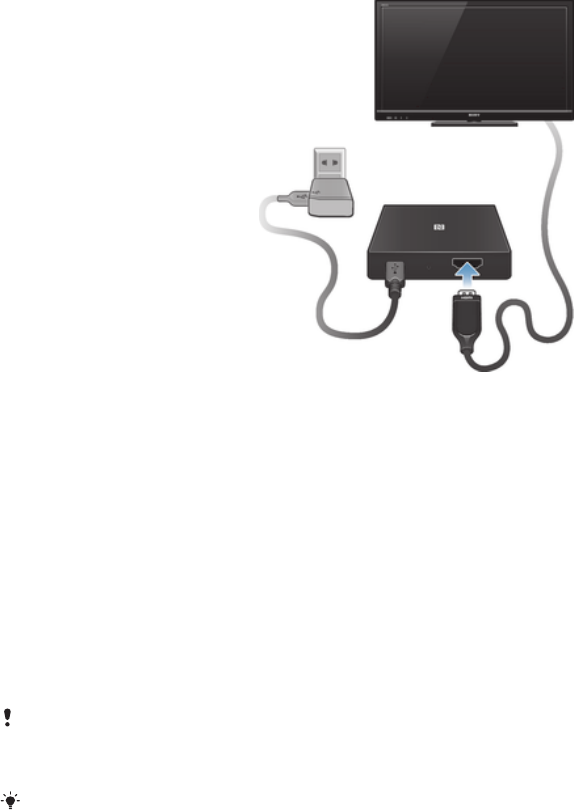
To connect the Miracast™ Wireless Display to a HDTV
1Plug one end of the HDMI cable into the HDMI port of the HDTV.
2Plug the other end of the HDMI cable into the HDMI port of the Miracast™
Wireless Display. A Sony™ logo appears on the HDTV screen, indicating that
the connection is successful.
Sharing your content using screen mirroring
Launching screen mirroring
Depending on your mobile device and Android™ version, there are different ways to
mirror your screen from your Android™ device. For example, you can use the NFC
function or the Miracast™ screen mirroring feature. For instructions on how to turn on
screen mirroring in your Android™ device, please see the User guide of your device.
If the Miracast™ Wireless Display is placed in a spot where the user cannot reach the Connect
button, the connection mode on the Miracast™ Wireless Display must be changed so that the
user can connect remotely. See Connecting when the dongle is placed out of reach on page 7
If you have an Xperia™ phone, you can use the pre-installed Smart Connect application, to
launch screen mirroring.
5
This is an Internet version of this publication. © Print only for private use.
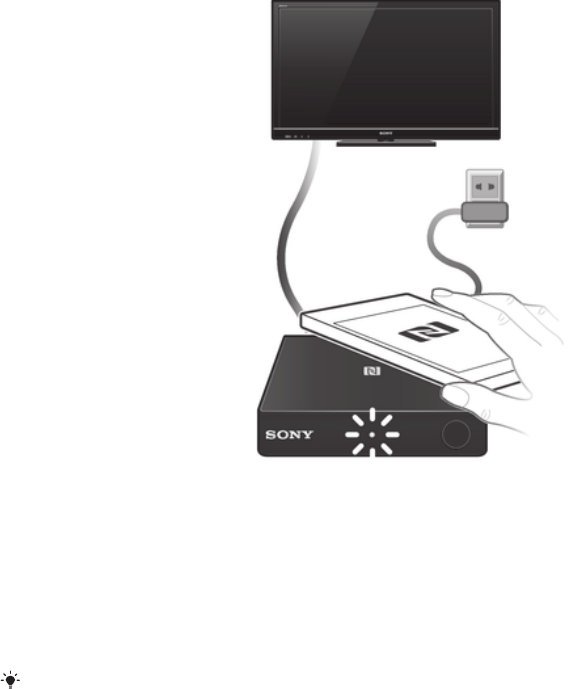
To launch screen mirroring using NFC
1Make sure your Miracast™ Wireless Display is powered on, connected to the
HDTV, and standing by.
2Android™ device: Make sure the NFC function is turned on and that the
screen is activated and unlocked.
3Place your Android™ device over the Miracast™ Wireless Display so that the
NFC detection area of each device touches the other.
4Follow the instructions that appear on the screens of your Android™ device
and the HDTV.
You can also scan the NFC tag provided in the box to start sharing content.
To launch screen mirroring using the Miracast™ screen mirroring feature
1Make sure your Miracast™ Wireless Display is powered on, connected to the
HDTV, and standing by.
2Android™ device: Turn on the Miracast™ screen mirroring feature, select
Miracast™ Wireless Display in the device list and tap the connect option.
3Follow the instructions that appear on the screens of the Android™ device and
the HDTV.
To turn off screen mirroring using NFC
1Make sure the NFC function is turned on in your Android™ device.
2Place your Android™ device over the Miracast™ Wireless Display so that the
NFC detection area of each device touches the other.
To turn off screen mirroring using the Miracast™ screen mirroring feature
1Open the Miracast™ screen mirroring menu on your Android™ device.
2Select Miracast™ Wireless Display in the device list and tap the disconnect
option.
6
This is an Internet version of this publication. © Print only for private use.
Connecting when the dongle is placed
out of reach
Most users connect to the Miracast™ Wireless Display using the Connect button on
the dongle. This is the default connection mode. However, if the dongle is not placed
within reach, for example, if it’s connected to a projector and fixed to a ceiling, the
dongle must be set to remote connection mode. You can then connect to the dongle
using a PIN code. The PIN code is shown by the projector or HDTV once screen
mirroring is turned on in your Android™ device.
To switch operating modes
1Unplug the charger cable from your Miracast™ Wireless Display.
2Press and hold down the Connect button.
3While keeping the Connect button pressed, plug the charger cable into the
micro USB port of the Miracast™ Wireless display.
4Release the Connect button. After you release the button, the mode switches.
Starting screen mirroring when the dongle is out of reach
Your Miracast™ Wireless Display comes with an NFC tag, which you can scan to
start screen mirroring instead of scanning the NFC area of your Miracast™ Wireless
Display.
7
This is an Internet version of this publication. © Print only for private use.
Resetting the Miracast™ Wireless
Display
Reset the Miracast™ Wireless Display if it behaves unexpectedly. When you reset the
dongle, all information about paired Android™ devices is deleted.
To reset the Miracast™ Wireless Display
•Press and hold down the Reset button until the notification light turns off briefly
and then flashes white.
8
This is an Internet version of this publication. © Print only for private use.
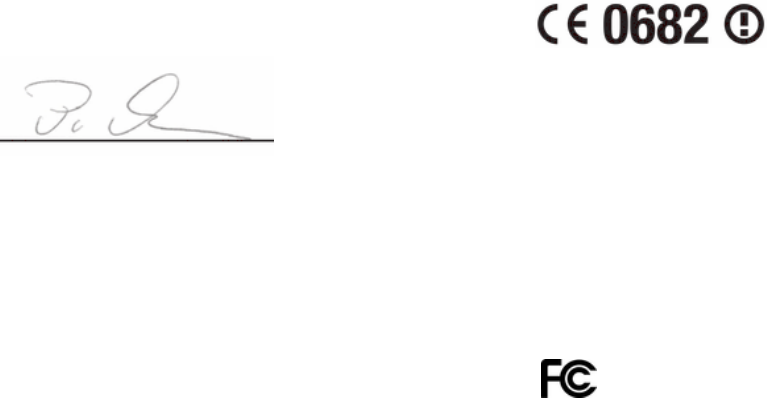
Legal information
Sony IM10
Prior to use, please read the Important information leaflet separately provided.
This User guide is published by Sony Mobile Communications AB or its local affiliated company, without any
warranty. Improvements and changes to this User guide necessitated by typographical errors, inaccuracies of
current information, or improvements to programs and/or equipment, may be made by Sony Mobile
Communications AB at any time and without notice. Such changes will, however, be incorporated into new
editions of this User guide.
All rights reserved.
©2013 Sony Mobile Communications AB.
Publication number: 1278-9927.1
Sony is the trademark or registered trademark of Sony Corporation. All other marks are the property of their
respective owners. All rights reserved.
All product and company names mentioned herein are the trademarks or registered trademarks of their
respective owners. Any rights not expressly granted herein are reserved. All other trademarks are property of
their respective owners.
Visit www.sonymobile.com for more information.
All illustrations are for illustration only and may not accurately depict the actual accessory.
Declaration of Conformity for IM10
We, Sony Mobile Communications AB of
Nya Vattentornet
SE-221 88 Lund, Sweden
declare under our sole responsibility that our product
Sony type RW-0100
and in combination with our accessories, to which this declaration relates is in
conformity with the appropriate standards EN 300 328:V1.7.1, EN 301 489-3:V1.4.1,
EN 301 489-7:V1.3.1, EN301 489-17:V2.1.1, EN 301 893:V1.7.1, EN302 502 and EN
60 950-1:2006+A11:2009+A1:2010 following the provisions of, Radio Equipment and
Telecommunication Terminal Equipment directive 1999/5/EC.
Lund, July 2013
Pär Thuresson,
Quality Officer, SVP, Quality & Customer Services
We fulfil the requirements of the R&TTE Directive (1999/5/EC).
FCC Statement
This device complies with Part 15 of the FCC rules. Operation is subject to the following two
conditions: (1) This device may not cause harmful interference, and (2) This device must
accept any interference received, including interference that may cause undesired operation.
Any change or modification not expressly approved by Sony may void the user's authority to operate the
equipment.
This equipment has been tested and found to comply with the limits for a Class B digital device, pursuant to
Part 15 of the FCC Rules. These limits are designed to provide reasonable protection against harmful
interference in a residential installation. This equipment generates, uses and can radiate radio frequency
energy and, if not installed and used in accordance with the instructions, may cause harmful interference to
radio communications. However, there is no guarantee that interference will not occur in a particular
installation.
If this equipment does cause harmful interference to radio or television reception, which can be determined by
turning the equipment off and on, the user is encouraged to try to correct the interference by one or more of
the following measures:
•Reorient or relocate the receiving antenna.
•Increase the separation between the equipment and receiver.
•Connect the equipment into an outlet on a circuit different from that to which the receiver is connected.
•Consult the dealer or an experienced radio/TV technician for help.
9
This is an Internet version of this publication. © Print only for private use.
Industry Canada Statement
This device complies with RSS-210 of Industry Canada.
Operation is subject to the following two conditions: (1) this device may not cause interference, and (2) this
device must accept any interference, including interference that may cause undesired operation of the device.
This Class B digital apparatus complies with Canadian ICES-003.
Cet appareil numérique de la classe B est conforme à la norme NMB-003 du Canada.
10
This is an Internet version of this publication. © Print only for private use.